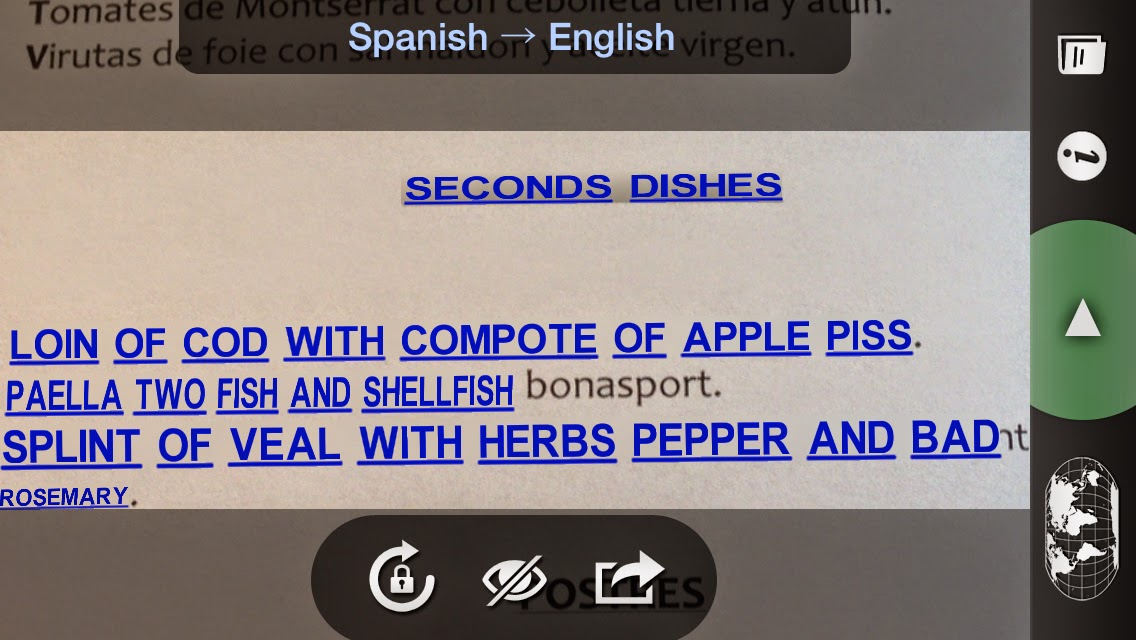In no particular order, here are ten things I love about living in Barcelona:
1) Family time. We cook breakfast for the kids in the morning, we pick them up after school, we travel together, we hang out together. Julie and I go on cultural dates during the day, take Spanish classes, go to the gym together, and explore the city at night. To paraphrase Al Franken, we aren't just getting quality time, we are getting a whole lot of "quantity time."
 |
| Spending some family time in Amsterdam |
2) Our Bojon Barcelona family. How great it is to arrive in a new city, where we don't speak the language, and be welcomed by old friends, who also happen to be the warmest and most fun people in Spain. (Sometimes too much fun - they are Bojon, after all). You guys know who you are - thanks for making our days and nights memorable.
3) Our balcony. We look out over the top of a park and can see a sliver of the Mediterranean. The view just never gets old. Julie and I frequently end the day with a drink and a chat on the deck. Gives us perspective
 |
| Sunset from the deck, by Tom and Lindsay. |
4) Our new friends. We've met some great people through our kids' school. Many live nearby. For instance, about dead center in the photo above is the balcony of the Weubkers, who have twins in Leo's grade, a daughter in Linsday's grade, and I daresay at this point are doomed to be our lifelong friends.
 |
| The Wuebker's apartment. |
5) Gaudi. Lots of Gaudi.
 |
| Casa Battlo on a beautiful winter day. |
6) Barcelona is a great city for people-powered transport - walking and biking. When we do bike, we use Bicing, Barcelona's extensive bike-sharing system. We can pick up a bike around the corner and ride the whole city. Over 400 stations and 6,000 bicycles. Julie and I bike everywhere.
 |
| The BiCing bike share stand around the corner from our apartment. |
7) The club. We joined a beautiful health club, near the school up the hill from our apartment. Julie plays lots of tennis, and I do the Sufferfest while looking out over the whole city. After we work out we can have lunch or a beer in the terrace restaurant. It's our happy place.
 |
| The pool at the club. |
8) The Menu del dia. A first course, second course, desert, and a glass of wine for 10 to 15 Euros. What a civilized way to have lunch.
9) "To go" cups are hard to find. Want a cup of coffee? Sit down. Take five minutes. Enjoy your coffee. Really. You have time.
 10) There is always a bar. At the health club. The ice skating rink. The soccer field. On this corner, and the next one, and the one after that. There is always a bar.
10) There is always a bar. At the health club. The ice skating rink. The soccer field. On this corner, and the next one, and the one after that. There is always a bar. 
.jpg)
.jpg)
.jpg)
.jpg)
.jpg)
.jpg)
.jpg)
.jpg)




.jpg)
.jpg)
.jpg)
.jpg)
.jpg)
























